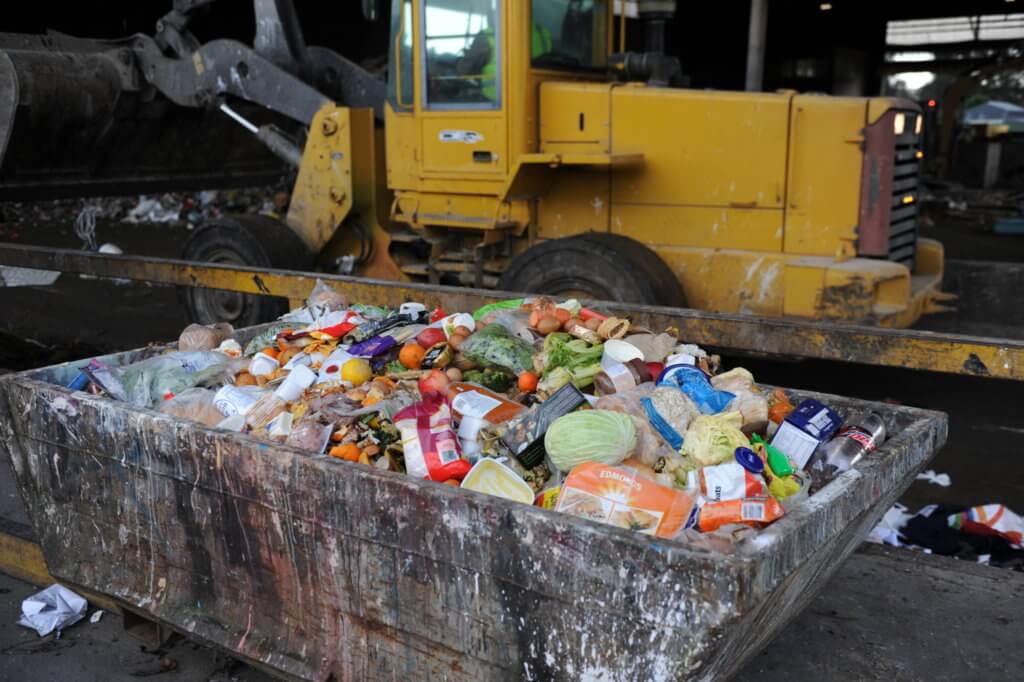What is the total amount of food wasted in NZ?

What is the total amount of food wasted in NZ? Well the answer to that is no one really knows.
There are three issues with quantifying food waste.
The first is that food waste is either avoidable i.e. food that could have been eaten or unavoidable e.g. banana skins, eggshells. So if we are concerned with minimising food waste, we are interested in the quantity of avoidable food waste. If we are concerned with diverting food waste from landfill, then the total amount of food is of interest.
Secondly, the total amount of food waste can be calculated using different methods. You can do a bin audit where you go and look inside rubbish bins or skips to see how much is being thrown away. But that doesn’t tell you how much food waste is being composted or goes down the sink.
Another method is to ask people and businesses to self-report. The issue with this method is making sure that those surveyed self-report in the same way and have an accurate way of measuring. The third method is called inference by calculation, which involves estimating the amount of food waste based on other data. All three methods have different limitations.
The final issue is that when quantifying food waste there are six stages of the supply chain we need to measure, in order to calculate how much food is waste in New Zealand. Not every stage of the supply chain has been investigated.
- Horticultural and agricultural food waste
- Manufacturing
- Retail – supermarkets
- Hospitality – for profit – cafes and restaurants
- Hospitality – not for profit – schools, hospitals, resthomes, prisons etc
- Households
Here is what we know for each stage of the supply chain
Horticultural and agricultural food waste
No physical audits have been undertaken for this part of the supply chain. Self-reporting measures of agricultural and horticultural food waste from the Bioresource Processing Alliance found that 350,000 tonnes of food by-products are either going to landfill or have low value applications. Of these 350,000 tonnes, 12% (42,000 tonnes) is avoidable.
Manufacturing
No physical audits have been undertaken for this part of the supply chain. Self-reporting measures from food manufacturers in Auckland to the Sustainable Business Network found that 40,800 tonnes of food waste is generated per annum, of which 28% (11,424 tonnes) goes to landfill. It is not known what percentage is avoidable
Retail
Research in 2017 found that supermarkets create 60,500 tonnes of food waste each year, 66% of which is avoidable. Only 23% of their food waste is sent to landfill (13,915 tonnes) as the rest is used for animal feed, donated to food rescue groups or sent for protein reprocessing.
Hospitality for profit
Research in 2018 found that cafes and restaurants create 24,366 tonnes of food waste each year, of which 61% is avoidable. It is not known what percentage is sent to landfill as some businesses divert their food waste to compost facilities, food collections or animals.
It is estimated that 12% of all food waste is generated at the hospitality and food service level. A 2020 study by Otago University has found that uneaten food on consumers’ plates makes up 34% of food waste in the hospitality sector. The study, recently published in Sustainability, surveyed 1,001 people about food waste when dining out and found people wasted more food if the meal was expensive, longer in duration or at dinnertime. It also found the key motivator to reduce food waste was saving money, followed by saving hungry people, saving the planet and preventing guilt. A presentation by lead author Francesca Goodman-Smith on the paper’s findings can be viewed here.
Masters student Lashica Abeywickrama recently completed her thesis on Perspectives of Food Preparation Waste Management by the Restaurants in Nelson and found that the major causes of food preparation waste were identified as unpredictable demand, lack of skills in kitchen staff, mistakes in kitchens and meeting aesthetics of food. The best practices among the findings were repurposing, kitchen processes and controls, redistribution of surplus food and effective waste disposal. Lashica’s thesis can be viewed here.
Hospitality not for profit
Some individual case studies have been done but there has been no sector wide analysis
Households
Research in 2018 found that households create 298,246 tonnes of food waste which is disposed of in landfill. Fifty two per cent of this waste is avoidable i.e. could have been eaten (157,398 tonnes). It is not known how much additional food waste is composted or disposed of via garbage disposal units.
Inference by calculation
Using the inference by calculation technique for all stages of the supply chain excluding households, the estimates vary from 103,000 tonnes pa to 811,040. For households the estimates vary from 224,000 tonnes pa to 504,160 tonnes.
So in summary it’s impossible to state exactly how much food waste is wasted in New Zealand. We have a fairly accurate understanding of household and retail food waste, but a lot more research needs to be undertaken to understand food waste in other stages of the supply chain.
A more detailed analysis of what we know about food waste in New Zealand including references can be found here.